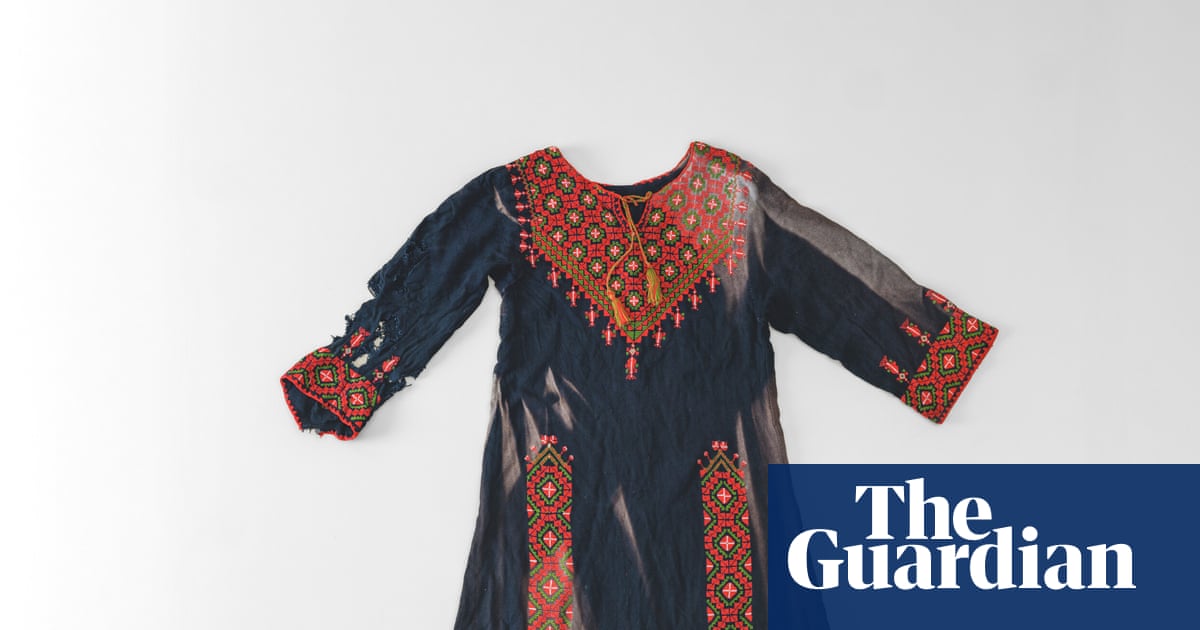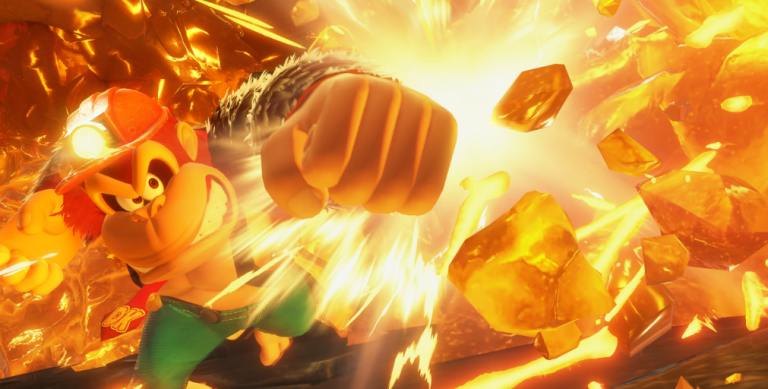
The artistry of traditional Palestinian embroidery, or tatreez, shines brightly in the exhibition Thread Memory: Embroidery from Palestine, now featured at the renowned V&A Dundee Museum until spring 2026. This showcase dives into a centuries-old tradition that intertwines personal stories, cultural identity, and symbolic resilience.
The Heritage of Tatreez: A Living Tradition
Recognized by UNESCO as part of the Intangible Cultural Heritage of Humanity, tatreez is far more than mere needlework. Traditionally passed down as matrilineal knowledge, this art form is described as ‘a language metaphorically spoken among women.’ The detailed patterns embroidered on garments reflect individuality, heritage, and life stories while serving as a symbol of Palestinian identity during times of political unrest.
A Diverse Collection Across Generations
The exhibition highlights a diverse tapestry of Palestinian history, featuring artifacts such as a dress from Southern Palestine (1880-1900) with its elegant hybrid design. Each piece offers a window into the craftsmanship and narratives of its time.
Notably, motifs like the cypress tree vary across regions—a slim and light design typically seen in Gaza contrasts with the denser version found in Hebron. Similarly, dresses from Bethlehem carry religious imagery inspired by churches, while those from Ramallah often reflect themes of nature and daily life.
Cultural Symbolism: Resistance and Survival
Post-1948, following the devastating nakba, tatreez evolved into a subtle yet powerful form of resistance. dresses adorned with traditional and modern motifs encapsulated resilience, with designs like the Dome of the Rock leaving an indelible mark. During the first intifada (1987-1993), these intricate patterns became bolder statements of identity, showcasing a commitment to survival and cultural heritage amidst hardship.
Modern Tatreez: From Personal History to Global Recognition
The exhibition also features contemporary garments, including a dress embroidered in Gaza and worn by Nadia El-Nakla at her husband Humza Yousaf’s swearing-in as Scotland’s First Minister in 2023. Her choice of attire sparked recognition of Palestinian culture on an international stage, bringing attention to its deep roots and modern relevance. El-Nakla acknowledges that tatreez tells stories of women’s perseverance through war, exile, and cultural displacement.
Preserving Heritage Amid Adversity
Another standout piece, a girl’s dress from Gaza (2000-2010), serves as a poignant reminder of the region’s struggles. Originally housed in Rafah Museum, the dress was severely impacted by bombardments in 2023 yet remains a powerful symbol of the indestructibility of Palestinian heritage.
Embroidery as a Celebration of Identity
Beyond its artistic beauty, tatreez plays a critical role in documenting a vibrant culture that continues to thrive against all odds. For anyone fascinated by history, textiles, or cultural resilience, this must-visit exhibition provides a rich tapestry of human stories.
If you’re inspired to explore traditional Palestinian embroidery, consider incorporating its designs into your modern wardrobe. Brands like Wear Palestine offer stunning hand-embroidered pieces that support artisans and preserve this vital tradition.






